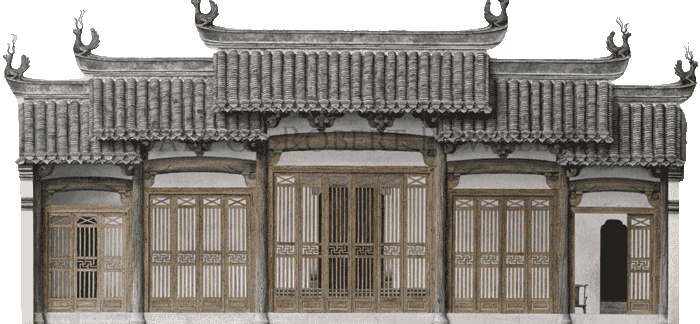IV. China
The China Heritage Arts foundation, formed in Hong Kong asked Rob to document restored buildings in the Anhui region. The spirit of these buildings is captured in fine watercolours by Rob who visited Wannan to conduct research on Ming dynasty (1368-1644) structures.
Villages in the Wannan are often densely arranged, containing numerous buildings supporting a spectrum of activities. Through them the vernacular beliefs, values, culture, aesthetics and social structure of their users manifest.
The buildings, which featured grey roof tiles and whitewashed walls, were scattered between the rivers and hilly rural roads at the foot of the Huangshan mountain, and upon closer inspection, they had a hidden story to tell.

Due to limited resources and opportunities, the young men from these villages would often travel elsewhere to trade and accumulate their wealth. The locals also recognised the vital importance of a good education, which resulted in many imperial graduates and high-ranking officials being produced during the Ming and Qing dynasties. These wealthy merchants and important functionaries designed elegant buildings with a discreet sense of luxury, which had a lasting influence on the the Wannan architectural style.
This page features a selection of Robert Powell’s fine watercolour paintings from this period.
In the video below, Robert Powell shares some insights into one of his paintings from China.
Featured painting: Lao Wu Ge, Xixinan, Anhui, China